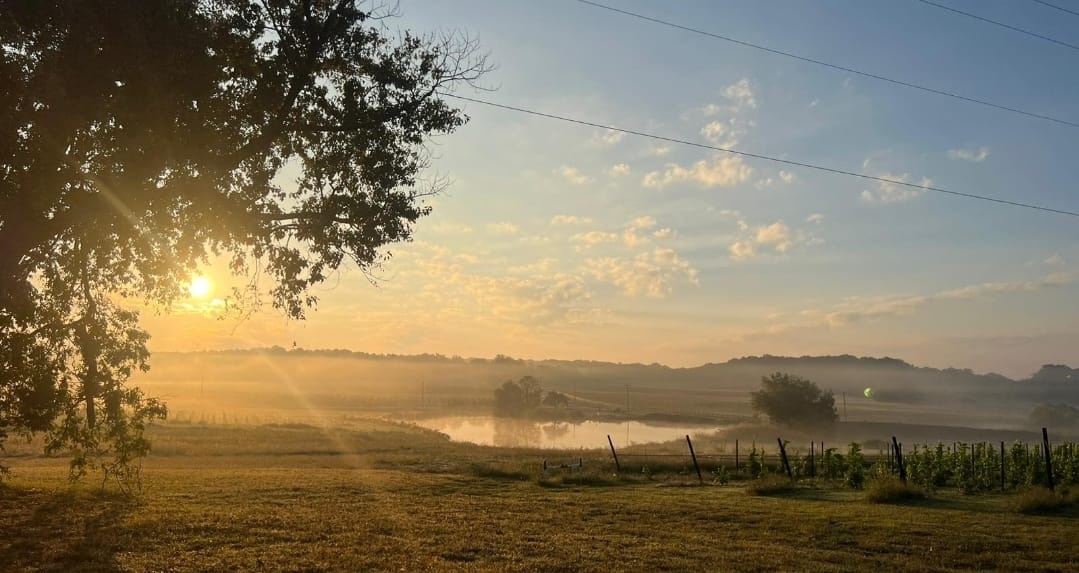
Union Grove Farm


Union Grove Farm in Chapel Hill, North Carolina, was previously a dairy farm. Today it is a very diversified and expanding table vineyard of nearly 100 acres with sheep integrated onto their vineyard acres to serve as both weed control, pest control, and a source of fertilizer, as well as enhancing the overall biodiversity of the farm. To restore and optimize soil function, Union Grove implemented diverse mixtures of cover crops prior to planting the vines, carefully sown multiple times to rejuvenate the soil and create an ideal environment for their grapevines to flourish. The growing season is meticulously planned to ensure optimal crop development.
Product Types
Operation Highlights



Region Conditions:
North Carolina
North Carolina experiences a humid subtropical climate in the coastal regions and a humid continental climate in the mountainous areas. Summers are hot and humid, while winters are mild with occasional snowfall in the western regions. Agriculture in North Carolina is diverse, with crops such as tobacco, soybeans, corn, and sweet potatoes being grown across the state. The coastal plains support extensive poultry and hog farming, while the mountainous terrain is ideal for apple orchards and Christmas tree farms.



The Principals of Soil Health at Union Grove Farm
Nurturing the soil is the foundation of regenerative agriculture. At Regenified, we measure the implementation of all six soil health principles because they are essential for regeneration. Each principle contributes to the soil’s overall health, creating a system greater than the sum of its parts.


Right Context
100% of crops grown are appropriate for region

Right Context
Farmers prioritize growing plants and animals suited to their specific environment. By understanding their unique context, they can optimize production while minimizing external inputs.


Minimized Disturbance
Livestock are moved in sync with forage availability and vine fruiting stage

Minimized Disturbance
Rather than tilling or using chemicals that disrupt soil structure and microbial life, regenerative farmers embrace no-till practices and minimize chemical inputs to preserve the integrity of the soil.


Soil Armor
89% of soil covered by cover crops and decaying biomass

Soil Armor
Keeping the soil covered with organic matter such as cover crops or crop residues prevents erosion, improves water infiltration and retention while also providing habitat for beneficial organisms.


Enhanced Diversity
Good variety of cool season/warm season grasses, forbs, and legumes

Enhanced Diversity
Maximizing diversity within both plant species and beneficial organisms above and below ground enhances ecosystem resilience and promotes natural pest control.


Living Root
100% of operations maintain living roots over the active growing season

Living Root
Maintaining living roots in the soil at all times ensures continuous nutrient cycling by supporting microbial activity crucial for healthy soils.


Animal Integration
Sheep integrated for grazing and natural fertilization

Animal Integration
Integrating livestock into farming systems allows for the symbiotic relationship between animals and the land. Their grazing patterns contribute to nutrient cycling and improve soil fertility.
A Word From the Farm



Ecosystem Outcomes
Ecosystem processes are the interconnected systems that drive the health and resilience of our land and water resources. Good land management positively impacts those ecosystem processes. Our Verification Standard evaluates these vital processes, ensuring the regeneration of the ecosystem.
Union Grove Farm - Gallery
See how we’re changing the world, acre by acre.
Our Certification












